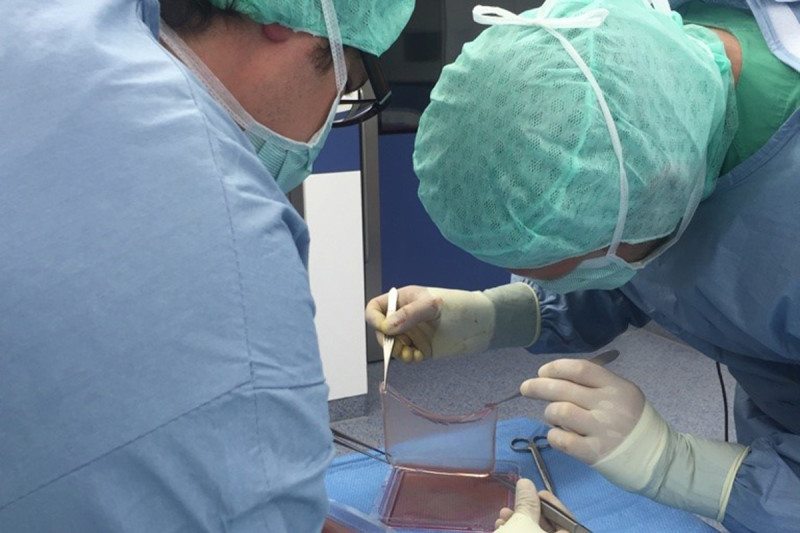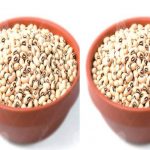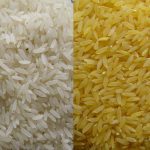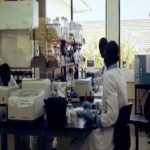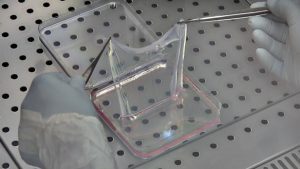 A seven-year old boy who was suffering from extensive skin damages has been treated using
A seven-year old boy who was suffering from extensive skin damages has been treated using
The boy named Hassan suffered from epidermolysis bullosa which is the scientific name of an incurable congenital skin disease. It is a defect in protein-forming genes that are essential for skin regeneration.
A patient with the disease has a significantly reduced quality of life; often it is also life-threatening as in the case of the seven year old boy.
By the time he was admitted to the Paediatric Intensive Care Unit at Katholisches Klinikum Bochum in June 2015, he had lost about 60 percent of his epidermis. He also suffered from severe sepsis with high fever. His body weight had dropped to 17kg.
Speaking on the case, Dr Tobias Rothoeft, a consultant at the University Children’s Hospital at Katholisches Klinikum Bochum noted that that all conservative and surgical therapy approaches failed. Then, the medical team from Bochum decided to try an experimental approach: they transplanted skin derived genetically modified stem cells onto the wound surfaces.
At the end of the first transplantation in October 2015, the patient’s condition began to improve as the transgenic stem cells formed a new epidermis with intact binding proteins in all transplanted areas.
The integration of the intact gene through retroviral gene transfer into the genome of the epidermal stem cells had been successful and was proven to be stable.
The patient was discharged and today almost two years after the experimental therapy was initiated, high-quality stress-resistant skin with intact hydrolipid film as well as early formation of hair. No scar contractures have appeared in the transplanted areas and Hassan is attending school again and is actively taking part in his family’s social life.


